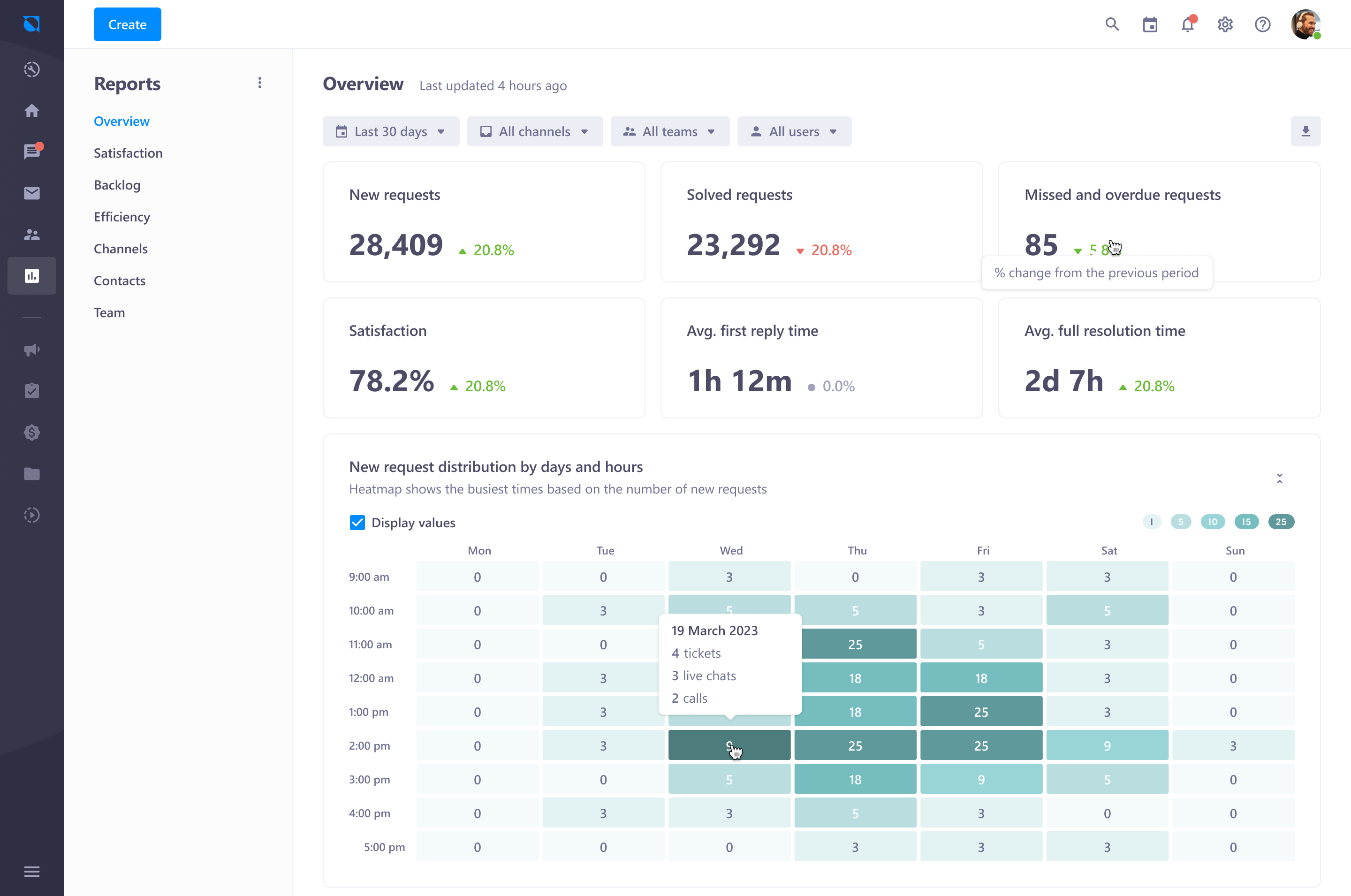The Impact of SLA Response Times on Business Reputation
The Impact of SLA Response Times on Business Reputation
Blog Article
In the present competitive company landscape, customer service quality is non-negotiable. One of many critical factors that affect customer satisfaction can be your Support Level Contract (SLA) reaction time. SLAs outline the expected time frames within which your staff should react to client inquiries or issues. Declining to meet these expectations can lead to irritated consumers and ruined reputations. Thus, ensuring your SLA response time meets or meets client expectations is critical for long-term success.

1. Set Practical and Clear SLA Standards
Establishing an SLA reaction time that aligns with both customer objectives and your team's functions is the initial step. It's vital to define clear, measurable criteria which can be realistic yet challenging. Realize your customers' needs, the complexity of your support, and the sources available to your support group before setting these expectations. Aiming your SLA with industry criteria while considering your distinctive organization situation may help ensure you never overpromise and underdeliver.
2. Leverage Automation for Faster Result Situations
Automation can considerably increase reaction time and efficiency. Implementing ticketing techniques, computerized e-mail responses, and chatbots can instantly know customer inquiries, letting your support team to target on solving issues more quickly. Computerized workflows can categorize and prioritize passes, ensuring that high-priority problems are addressed first, more reducing answer times.
3. Check and Improve Workflow Effectiveness
Monitoring your team's efficiency against SLA standards is essential for sustaining high quantities of client satisfaction. Standard tracking of crucial metrics like normal response time and resolution time can disclose inefficiencies in your workflow. Use these ideas to improve techniques, improve resource allocation, and offer extra training to aid staff. Ensuring your group has the tools and understanding to handle issues rapidly is crucial for keeping within your SLA result time.
4. Apply Tiered Help for Different Difficulty Levels
Not totally all client dilemmas are made equal. By employing a tiered support framework, you are able to spend sources more effortlessly, ensuring that more technical issues receive the interest they might require without impacting reaction instances for simpler inquiries. This process assists keep a stability between rapid answers and complete situation resolution.
5. Set Client Objectives with Hands-on Connection
Translucent transmission is crucial to handling client expectations. If a concern will take lengthier to resolve because of its complexity, inform the consumer promptly. By giving normal changes, you display that you're positively working on their problem, which can maintain trust even though response instances are slightly delayed. Setting sensible expectations transparent helps build confidence and reduces frustration.

Realization
Meeting your SLA reaction time is a must for customer care and retention. By placing realistic criteria, leveraging automation, optimizing workflows, utilizing tiered help, and maintaining hands-on interaction, corporations may guarantee they continually match or surpass client expectations. The result is stronger customer associations, increased support distribution, and a competitive side in the market. Report this page